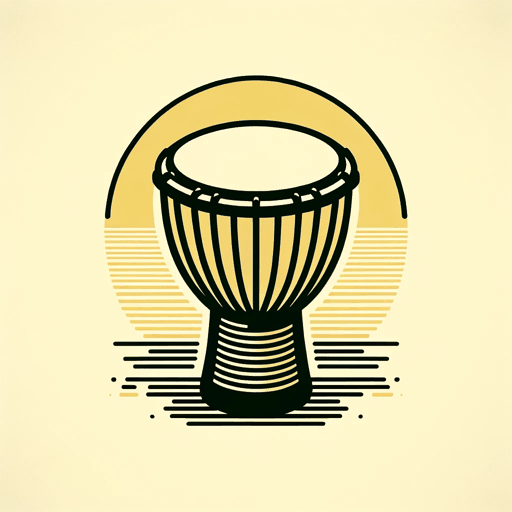19 pages • 38 minutes read
Vachel LindsayThe Congo
Fiction | Poem | Adult | Published in 1914A modern alternative to SparkNotes and CliffsNotes, SuperSummary offers high-quality Study Guides with detailed chapter summaries and analysis of major themes, characters, and more.
Poem Analysis
Analysis: “The Congo”
In her introduction to Vachel Lindsay’s The Congo and Other Poems (1914), Harriet Monroe emphasizes the poet’s use of the “primitive” as a way to recover artistic authenticity and vitality. Some artists make genuine use of this technique, gesturing at enduring human traits by evoking the “primitive” through imagery, either acoustic or visual. Lindsay’s contemporary audiences experienced “The Congo,” through both kinds of images as Lindsay performed the work live. Reading the poem today requires imagining the poet’s movements and interpreting his stage directions embedded in the text. The poem’s critical reception from the beginning questioned the work’s success as a Primitivist celebration of Black American temperament and culture. While Lindsay’s reputation as an advocate for Black artists protected “The Congo” somewhat from being seen as a racist text, its reliance on stereotypes and exaggerated gestures undermine any sincere attempt to foreground Black identity. In “The Congo,” Lindsay prioritizes exotic imagery and drama, appropriating a culture he admires rather than allowing that culture to emerge with appreciation, understanding, or respect.
“The Congo” demonstrates Lindsay’s particular style of composition for performance. Divided into three acts, the poem returns at the end of each section to a chanted 







